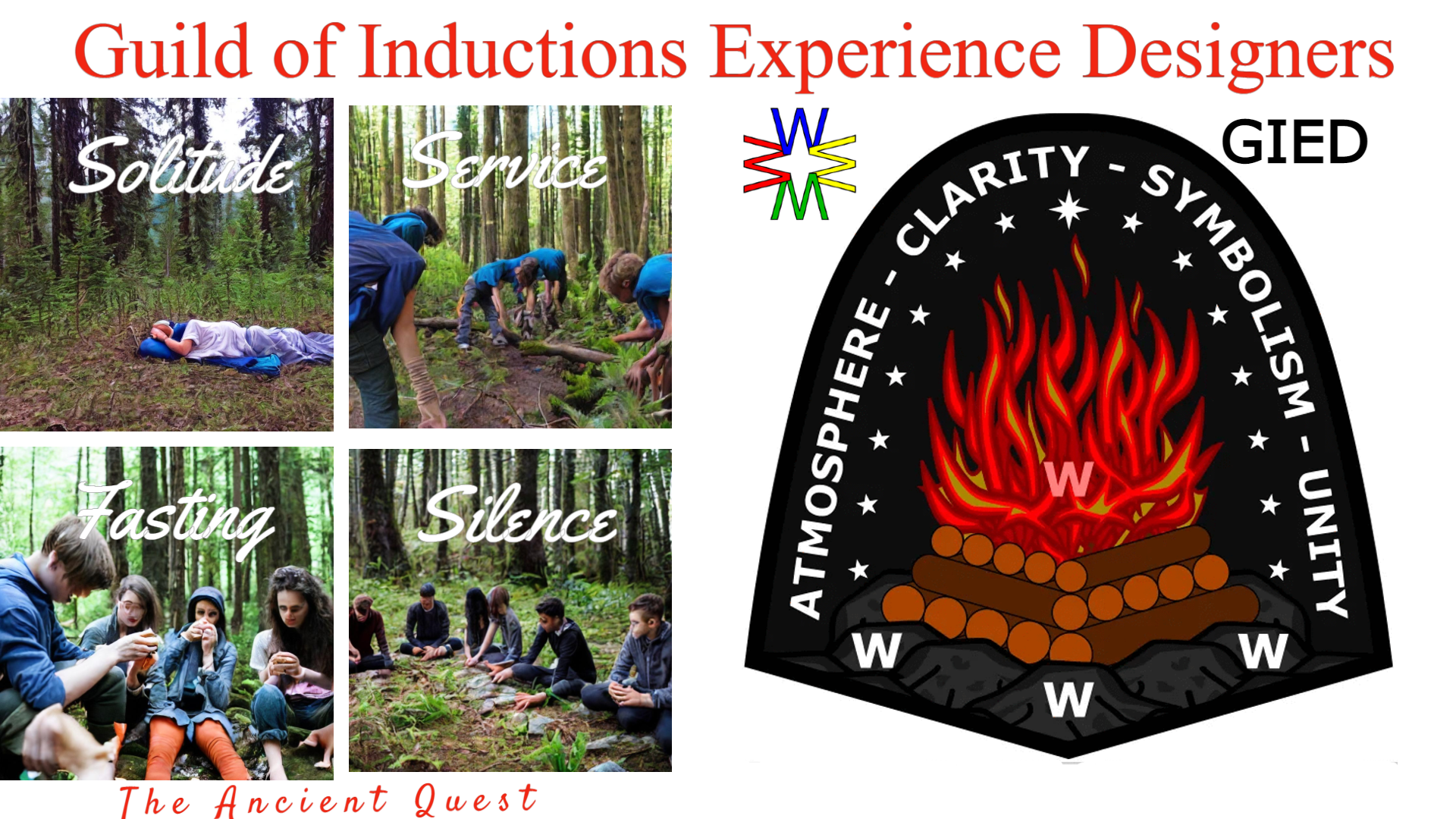Our original legend was created in 1916. See this link for how it was created in detail. It was originally written in prose. Years later a poetic version was created from the original prose version, by a different author who was not otherwise associated with the Order.
There is a significant difference between the prose and poetic versions. There are important sentences in the original prose which were not carried forward to the poetic version. Between the call to action by Chingachgook and the positive response by Uncas, there is this additional text in the original:
One said, “Let them look to themselves – we are happy here.”
Another said, “Why should we be concerned as long as we are safe?”
When Ray Petit, founder of the CAG, investigated the ceremonies for their meaning, he assigned great significance to these lines. He clarified a key understanding of the legend. The real enemies were not the members of the other tribes who were disturbing their hunting. The real enemy was within the Lenape. It was their lack of concern for one another which allowed other tribes to use their hunting grounds.
This understanding made the visits to Delaware villages by Chingachgook and Uncas more than rounding up warriors for battle. They were looking for people willing to give themselves in service to others. This kind of conduct is contagious. (Understanding this is key to understanding how our Order works.) The tribe as a whole became more interested in the welfare of each other. Seeing real opposition rather than an easy way to catch additional game, the other tribes withdrew.
The fact that lodges use the poetic version most of the time (people like the sound) allowed the original understanding to be largely obscured for 50 years. This was eventually countered by inductions training which adopted the “real enemy” concept (from Ray Petit) which made the Legend less warlike and more Scoutlike.
The CAG understood that the Brotherhood Ceremony was the weakest and that it cried out for improvement. But when the CAG ended in 1992, there was still no consensus as to what it should look like instead.
The 2014 revision of the Brotherhood Ceremony did make necessary changes. The separate Brotherhood obligation (which is essentially broken by everyone), is a characteristic of a separate level of membership. (We would like to see the separate Brotherhood sign, counter-sign, question, and answer likewise disappear.) Separate levels are not what our founder Dr. Goodman originally wanted. And is inconsistent with the understanding that the Ordeal and Brotherhood together make up a single induction (a concept championed by Ray Petit). And it did retain the valuable physical tests of the Brotherhood.
But the new Brotherhood “Legend of Uncas” is inconsistent with the original Ordeal Legend and its original meaning. And thus undermines it. It also does not accomplish any of the appropriate goals of the Brotherhood Ceremony within the induction.
The original legend stated that the Lenape were “a peaceful tribe of Indians”. That other tribes aggressed against them without provocation. The new Brotherhood ceremony says that the other tribes were as afraid of the Lenape as the other way around. That all tribes in the war were equal in their blood lust. The Lenape were not innocent. And thus that the call of Chingachgook and Uncas in the villages was nothing but a call for war and revenge. The entire ethical basis of the original legend is undermined. The concept of “the real enemy” is negated.
We abhor war and love peace. But turning the Brotherhood ceremony into a call for World Brotherhood and an end to war is not at all appropriate. We agree with the authors that the original legend, even when properly understood in light of the “real enemy” concept, was unnecessarily focused on war, given that the Order has nothing to do with war or militarism at all. But making the Brotherhood Ceremony anti-war did not solve the issue, it made it worse. It brings attention to the militaristic character of the Ordeal legend. Stripping out its ethical “real enemy” basis, it leaves it nothing but “an Indian war”. (Which is the focus of those huge “legend patches” worn on the back of sashes.)
The objective of the Brotherhood Ceremony is, first of all, to celebrate the candidate’s accomplishment of the “real” ordeal — the self-created, 6-month-long, cheerful servant encountering the tests in new ways, for which the 24-hour long “ordeal” was “but a shadow”. In essence, if not in name, the Ordeal weekend is “the pre-Ordeal” for the 6 months “real ordeal” that follows. The Brotherhood ceremony marks its completion. But there is no emphasis on this celebration in the current Brotherhood Ceremony.
Nor is the second objective of the Brotherhood ceremony addressed — being an example of brotherhood and cheerful service throughout the rest of their lives. Instead, there is a strange undercurrent of a need to bond with members of other nations in a quest for world peace.
The principle of Brotherhood is indeed a little problematic for the Order. We are all about reaching out to others. Yet being “a brotherhood” implies “us vs them”; we are “in The Brotherhood”, and everyone else is not. This new Brotherhood Ceremony tries to fix this by suggesting that our Brotherhood should ideally spread to all nations, as it does for Uncus in that legend. But that does not fix the weakness. Even if there was a way to spread the Order beyond the BSA to other countries, the resulting Brotherhood would still be based on membership for some, not all. What is needed is further emphasis on the members continuing to set the example for others within and beyond Scouting, for a lifetime.

No Comments